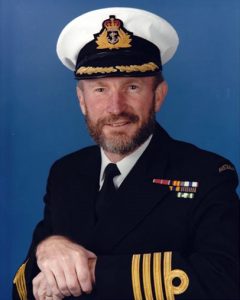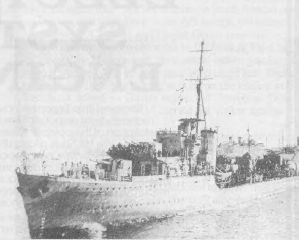You must be a logged-in member to view this post. If you recently purchased a membership it can take up to 5 days to be activated, as our volunteers only work on Tuesdays and Thursdays. If you are not a member yet or your membership just expired you can Join Now by purchasing a new membership from the shop. ...
HMAS Vendetta II
Occasional Paper 75: The Vietnam War and the Royal Australian Navy
The following address was delivered by Captain Ralph T. Derbidge MBE RAN (Retired) at the Melbourne Shrine of Remembrance to mark Vietnam Veterans Day on 18 August 2010. It describes ...
Australian Naval History on 27 February 2005
ADML M.W. Hudson, AC, RAN(Rtd), died in Sydney. He was born in 1933 and entered the RAN College in 1947. During his 44 year career he was commanding officer of ...
The RAN’s Destroyers
Williamstown Naval Dockyard – Part 1
Australian Naval History on 9 October 1979
HMAS Vendetta was decommissioned. In her 21 year career, she had steamed 670952 nautical miles. She subsequently served as a source of spare parts for Vampire (II), the last Australian ...
Australian Naval History on 1 July 1978
HMAS VENDETTA, (destroyer), represented Australia at the Solomon Island Independence Day celebrations, at Honiara. ...
Australian Naval History on 10 May 1977
HMAS VENDETTA, (Daring class destroyer), made a high-speed dash to provide aid for 28 Vietnamese refugees, in a disabled vessel, drifting in the South China Sea. ...
Australian Naval History on 1 January 1975
HMAS MELBOURNE, (aircraft carrier), and HMAS STUART, (destroyer escort), arrived in the cyclone destroyed city of Darwin. Over the following days they were joined by HMA Ships STALWART, HOBART, SUPPLY, ...
Australian Naval History on 26 December 1974
Operation Navy Help, to assist with the clean up and re-establishment of services in the shattered city of Darwin, commenced. The first RAN asset to arrive was an HS748 aircraft, ...


